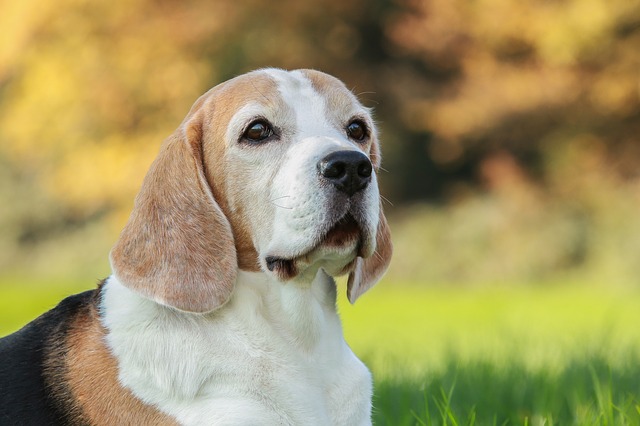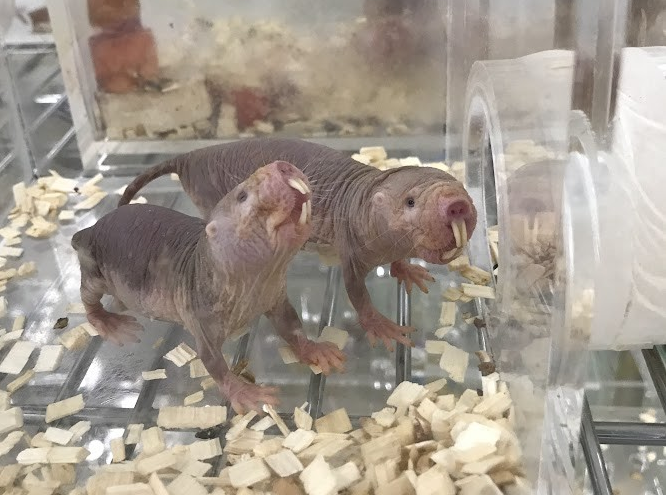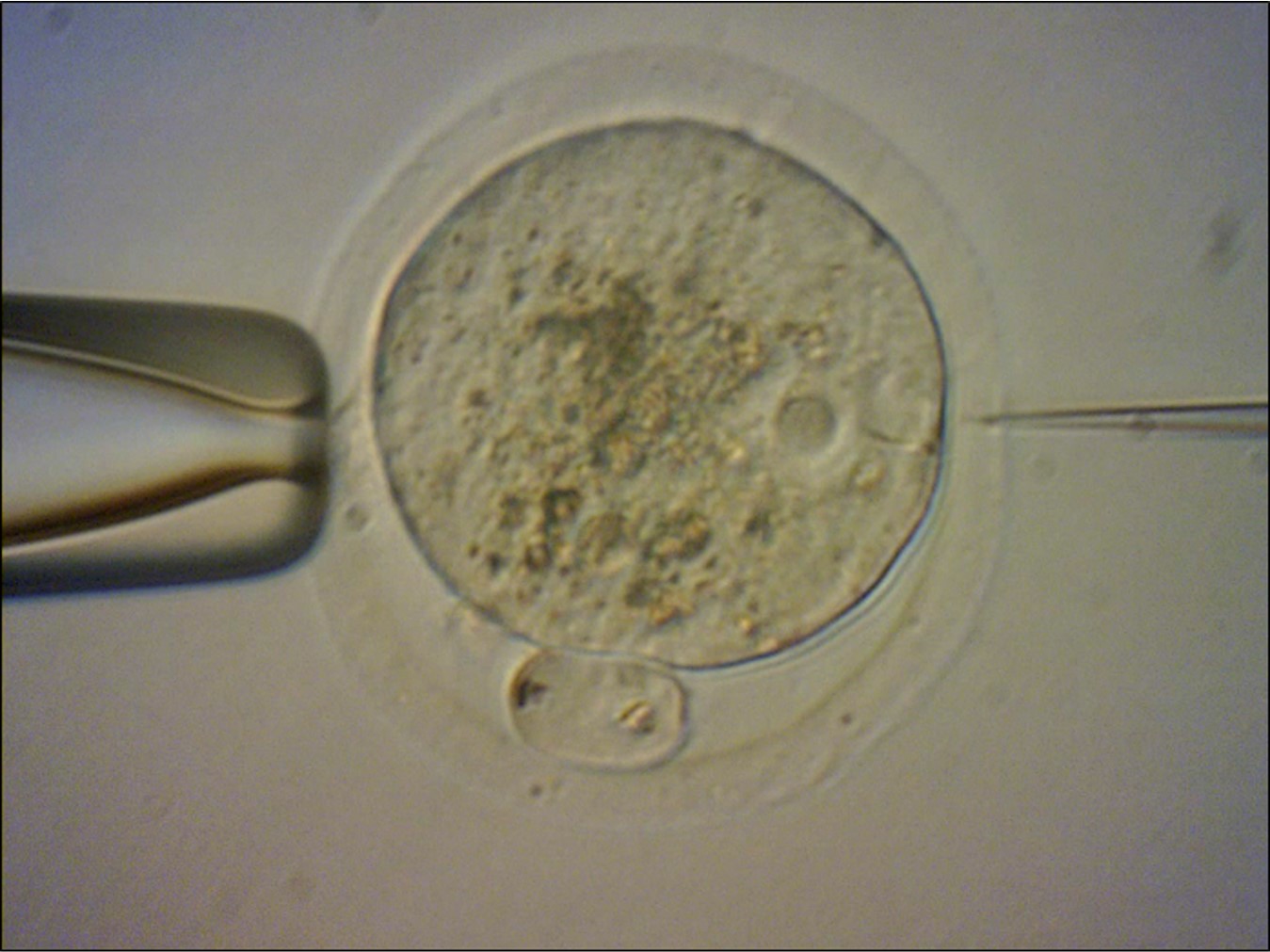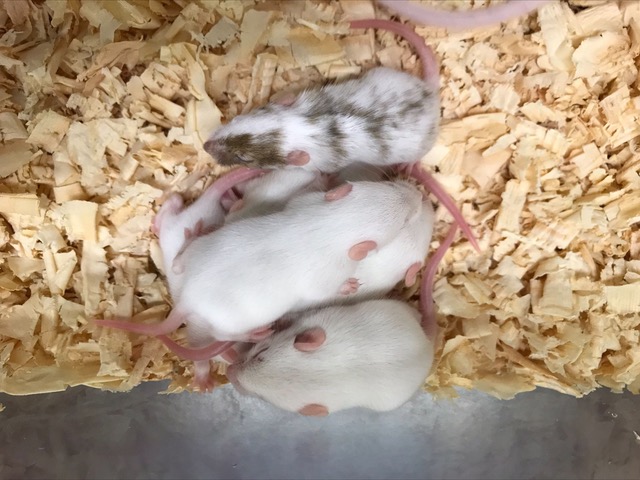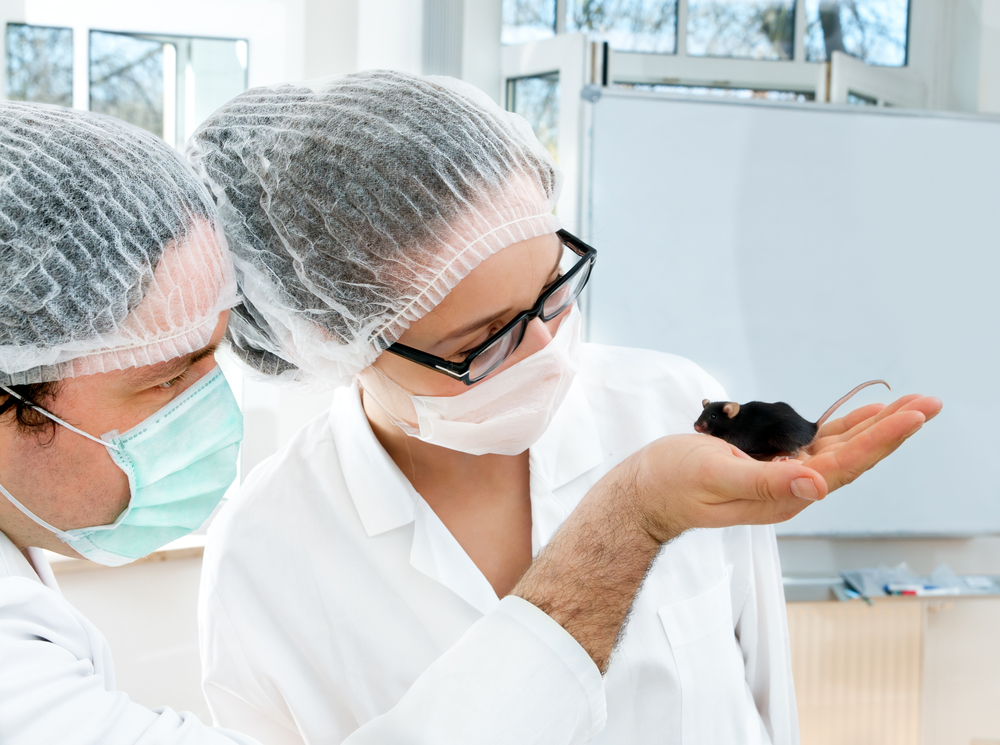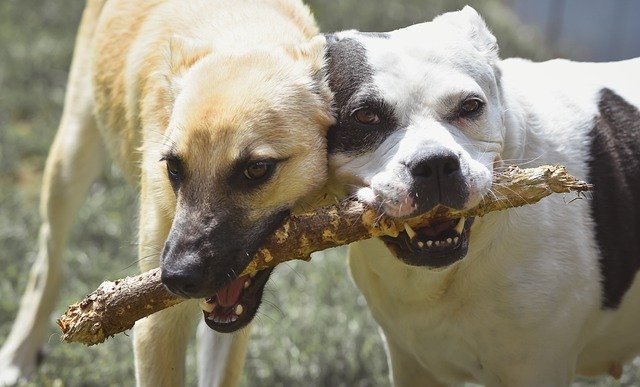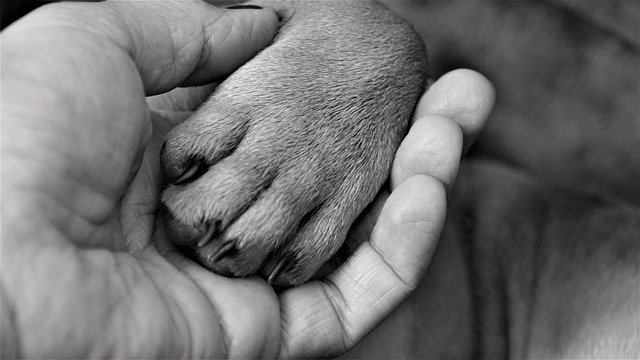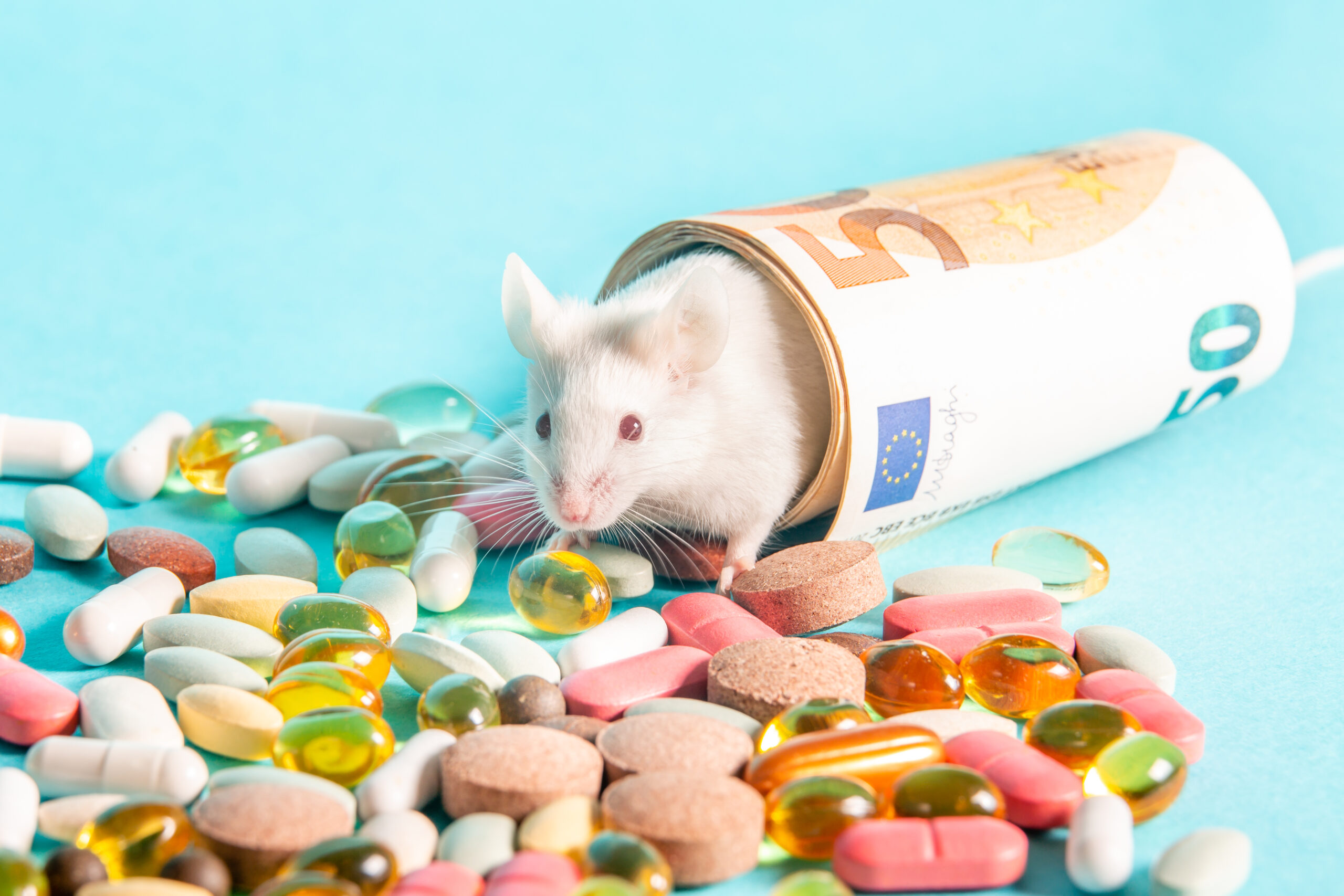遺伝性疾患の研究における実験動物の役割と課題〜筋ジストロフィーモデル動物を例に〜
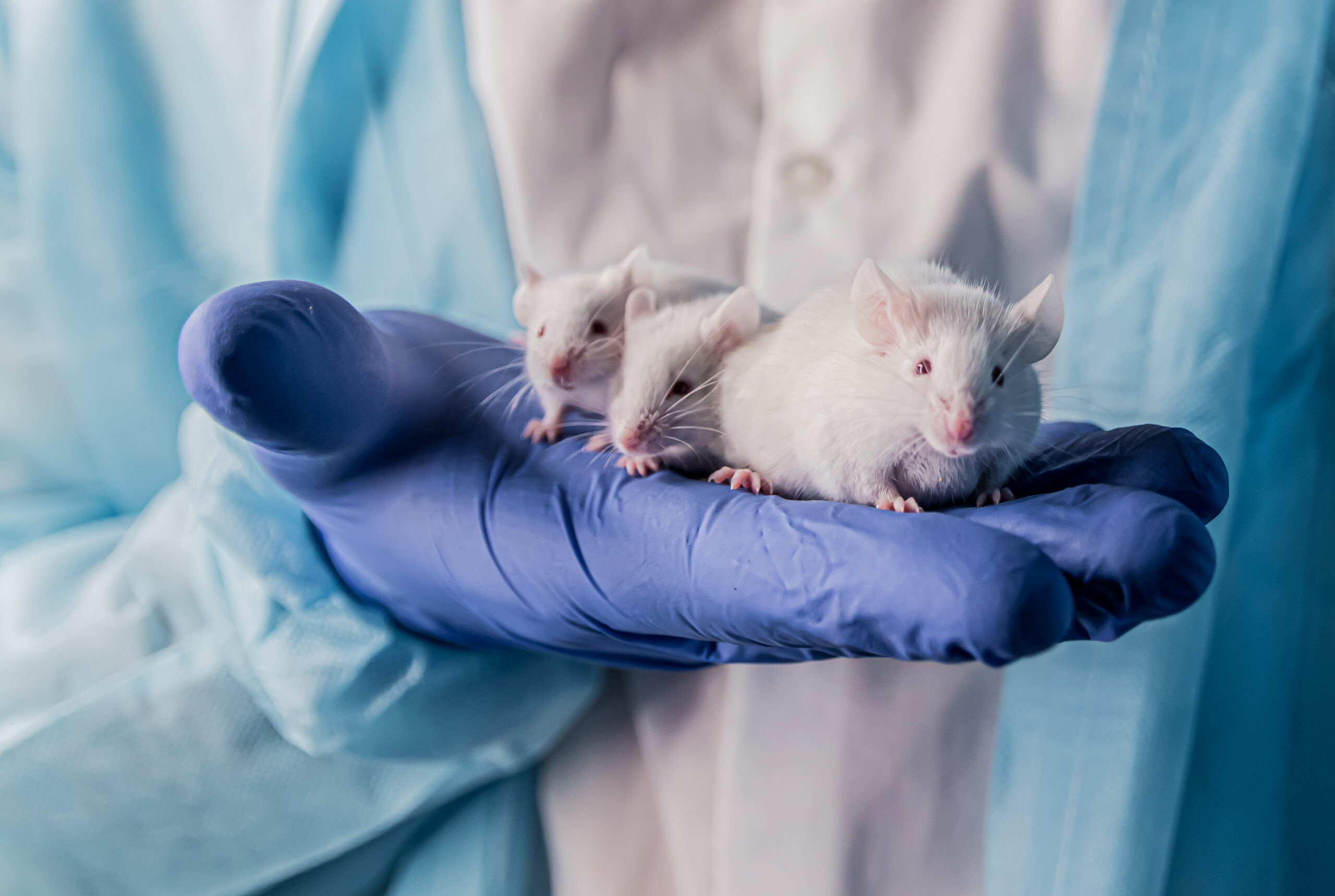
4. おわりに
今回は筋ジストロフィーにおけるモデル動物の開発の流れと核酸医薬品開発への貢献を中心に概説させていただきました。ゲノム編集やエクソン・スキッピングのように、今後も難治性疾患の克服に応用可能な革新的な遺伝子工学技術は様々開発されることと思います。新たな技術が治療コンセプトとして妥当であるか、安全な医薬品として実用化の可能性はあるかについては、適切なモデル動物と綿密な動物実験が今後ますます重要になることと思います。特に、遺伝性疾患におけるモデル動物と医薬品の開発では、動物とヒトで原因となる遺伝子は共通でもその配列や制御機構が異なるといった根本的な課題が提示されています。この観点からも実験動物学が遺伝性疾患の研究に貢献できることは、非常に多いと考えられます。
引用文献
1. Mercuri E, Bönnemann CG, & Muntoni F (2019) Muscular dystrophies. Lancet 394(10213):2025-2038.
2. Duan D, Goemans N, Takeda S, Mercuri E, & Aartsma-Rus A (2021) Duchenne muscular dystrophy. Nature reviews. Disease primers 7(1):13.
3. Echigoya Y, Lim KRQ, Nakamura A, & Yokota T (2018) Multiple Exon Skipping in the Duchenne Muscular Dystrophy Hot Spots: Prospects and Challenges. J Pers Med 8(4):41.
4. van Putten M, et al. (2020) Mouse models for muscular dystrophies: an overview. Disease models & mechanisms 13(2).
5. Teramoto N, et al. (2020) Pathological evaluation of rats carrying in-frame mutations in the dystrophin gene: a new model of Becker muscular dystrophy. Disease models & mechanisms 13(9).
6. Sui T, et al. (2018) A novel rabbit model of Duchenne muscular dystrophy generated by CRISPR/Cas9. Disease models & mechanisms 11(6).
7. Amoasii L, et al. (2018) Gene editing restores dystrophin expression in a canine model of Duchenne muscular dystrophy. Science (New York, N.Y.) 362(6410):86-91.
8. Echigoya Y, et al. (2021) A Dystrophin Exon-52 Deleted Miniature Pig Model of Duchenne Muscular Dystrophy and Evaluation of Exon Skipping. International journal of molecular sciences 22(23).
9. Yu X, Bao B, Echigoya Y, & Yokota T (2015) Dystrophin-deficient large animal models: translational research and exon skipping. American journal of translational research 7(8):1314-1331.
10. Bulfield G, Siller WG, Wight PA, & Moore KJ (1984) X chromosome-linked muscular dystrophy (mdx) in the mouse. Proceedings of the National Academy of Sciences of the United States of America 81(4):1189-1192.
11. Lu QL, et al. (2003) Functional amounts of dystrophin produced by skipping the mutated exon in the mdx dystrophic mouse. Nature medicine9(8):1009-1014.
12. Echigoya Y, et al. (2013) Mutation types and aging differently affect revertant fiber expansion in dystrophic mdx and mdx52 mice. PloS one8(7):e69194.
13. Araki E, et al. (1997) Targeted disruption of exon 52 in the mouse dystrophin gene induced muscle degeneration similar to that observed in Duchenne muscular dystrophy. Biochemical and biophysical research communications 238(2):492-497.
14. Aoki Y, et al. (2010) In-frame dystrophin following exon 51-skipping improves muscle pathology and function in the exon 52-deficient mdx mouse. Molecular therapy : the journal of the American Society of Gene Therapy 18(11):1995-2005.
15. Takeda S, Clemens PR, & Hoffman EP (2021) Exon-Skipping in Duchenne Muscular Dystrophy. J Neuromuscul Dis.
16. Zhu F, Nair RR, Fisher EMC, & Cunningham TJ (2019) Humanising the mouse genome piece by piece. Nature communications 10(1):1845.
17. Bremmer-Bout M, et al. (2004) Targeted exon skipping in transgenic hDMD mice: A model for direct preclinical screening of human-specific antisense oligonucleotides. Molecular therapy : the journal of the American Society of Gene Therapy 10(2):232-240.
18. Echigoya Y, et al. (2017) Quantitative Antisense Screening and Optimization for Exon 51 Skipping in Duchenne Muscular Dystrophy. Molecular therapy : the journal of the American Society of Gene Therapy 25(11):2561-2572.
19. Aartsma-Rus A & van Putten M (2019) The use of genetically humanized animal models for personalized medicine approaches. Disease models & mechanisms 13(2).
関連記事

動物福祉の評価ツールのご紹介-1
〜AVMA主催の“学生動物福祉状況の評価コンテスト”〜
さて、イリノイ大のニュースによると、このコンテストの目的は、「農業、研究、伴侶など、人間のために使用される動物に影響を与える福祉問題の理解と認識を高めるための教育ツールを経験することであり、倫理的推論に対する理解の上に、科学的理論とデータに基づいた動物福祉の客観的評価を促し、批判的思考を促進し、コミュニケーション能力を向上させる」ことです。参加対象は、3・4年学部生、獣医学部生、院生(1チーム3-5人)であり、動物看護師やAVMA会員の獣医師も少数に限り参加できます(ただし、コンテストの対象外)。参加者はいくつかのシナリオに沿って出題される動物とその福祉状況を分析して、その中から優れたシナリオを選び出し、発表するというものです。
ニュースでは、“動物福祉のさまざまな事象をそのときどきの断片として客観的かつ定量的に評価することも可能ですが、福祉問題は連続したものであり、どのあたりで許容できるか、どのあたりが好ましいか、または許容できないかの判断は、多くの場合、倫理に基づく選択に帰着するものです。コンテストでは、問題解決へ学際的にアプローチするため、科学に基づく知識を倫理的価値観と統合することを学生に教えています”という風に審査の方法について説明しています。私たちが学生の動物福祉評価を審査するのであれば、北米でどのような基準やチェック方法に従って動物福祉が評価されているのかの具体例を知りたいところです。
今回はこのくらいにさせていただいて、次は、動物福祉評価のツールについて整理していきたいと思います。
参考文献
1) Beaver B. V. and Bayne K, Chapter 4 – Animal Welfare Assessment Considerations, Laboratory Animal Welfare, 29-38 (2014)
2) Animal welfare judging team provides unique experiential learning for students. (cited 2022. Oct.28)
3) AVMA Animal Welfare Assessment Contest. (cited 2022. Dec. 05)

動物福祉の評価ツールのご紹介-2
〜福祉を評価するツールを紹介するサイト1:USDAのNational Agricultural Library〜
“Literature on Welfare Assessment and Indicators” 動物福祉の評価と指標に関する文献へのリンク集
福祉評価と福祉指標に関する文献を検索できるよう、産業動物用にPubAg、そして実験動物用にPubMedへのリンクが検索式とともに配置されています。検索式や検索文字列作成の詳細についても触れていて、丁寧です。
“Grimace Scale”
Grimace Scaleは「実験動物の飼養及び保管並びに苦痛の軽減に関する基準の解説」(平成29年10月)に記載があり、実験動物種ではいまや標準的な福祉指標になっていますが、典型的な実験動物種以外の動物について詳しく調べようとすると案外骨が折れるので、このページを知っていると便利です。Grimace Scaleは、顔の様々な部位や体の姿勢を評価することで、動物の痛みを評価するために用いられるスコアリングシステムです。このパートでは典型的な実験動物種や家畜以外の情報にもリンクが貼られています。
“その他の Web リソース”
最後のパートでは、マカクや動物園動物の福祉アセスメントにも対応できるようリンクが貼られています。
今回はこのくらいにして、次回は、英国NC3Rsの“Welfare Assessment”を扱いたいと思います。
なお、米国USDAの”Animal Welfare Assessments“を閲覧される際には、ぜひ一度は、National Agricultural LibraryのトップサイトのTopicsメニューを開いて”Animal Health and Welfare”のページにも寄ってみて下さい。いろいろな情報があることにお気づきになることと思います。

動物福祉の評価ツールのご紹介-3 福祉を評価するツールを紹介するサイト2: NC3Rsの Welfare Assessment
4.スタッフのトレーニング
ここではスタッフにどのようなトレーニングをすべきかについて触れています。
●福祉評価を効果的に進められるかどうかは、スタッフ・チームが必要な知識と実践的なスキルを持つかどうかで決まる。
●スタッフ・チームが能力を発揮するために、個々の研究機関の種類、プロジェクト、福祉評価の過程に合わせて研修をおこなう。
●“A guide to defining and implementing protocols for the welfare assessment of laboratory animals: eleventh report of the BVAAWF/FRAME/RSPCA/UFAW Joint Working Group on Refinement”4)に、必要な能力と推奨される研修項目に関するガイダンスがあり、参考になる。
なお、研修資料・指導書はAHWLA(RSCPAのAssessing the Health and Welfare of Laboratory Animals)のウェブサイトから入手することができるとのことですが、このサイトは今つながっていないようです。筆者は、おそらくRSCPAのAnimal in Science- Reports and resourcesのページの中にある資料がこれに該当するのではないかと思います。(RSCPA:the Royal Society for the Prevention of Cruelty to Animals)
結構なボリュームになってしまいましたので、今回はこの位にして、次回はスタッフのトレーニングにかかわるガイダンス、“A guide to defining and implementing protocols for the welfare assessment of laboratory animals: eleventh report of the BVAAWF/FRAME/RSPCA/UFAW Joint Working Group on Refinement”5)を扱おうと思います。
References
1) Assessment of post-laparotomy pain in laboratory mice by telemetric recording of heart rate and heart rate variability, Margarete Arras, Andreas Rettich, Paolo Cinelli, Hans P Kasermann & Kurt Burki, BMC Vet. Res. 2007, 3: 16. DOI: 10.1186/1746-6148-3-16.
2) Guidance on the Operation of the Animals (Scientific Procedures) Act 1986, 英国内務省
3) Grimace scales, the National centre for the Replacement, Refinement & Reduction of Animals in Research
4) A guide to defining and implementing protocols for the welfare assessment of laboratory animals: eleventh report of the BVAAWF/FRAME/RSPCA/UFAW Joint Working Group on Refinement, Lab. Anim. 2011; 45: 1–13.DOI: 10.1258/la.2010.010031
5) A guide to defining and implementing protocols for the welfare assessment of laboratory animals: eleventh report of the BVAAWF/FRAME/RSPCA/UFAW Joint Working Group on Refinement, Lab. Anim. 2011; 45: 1–13. DOI: 10.1258/la.2010.010031

 日本大学生物資源科学部 獣医学科 動物医科学研究センター 越後谷 裕介(JALAM教育委員会)
日本大学生物資源科学部 獣医学科 動物医科学研究センター 越後谷 裕介(JALAM教育委員会) 